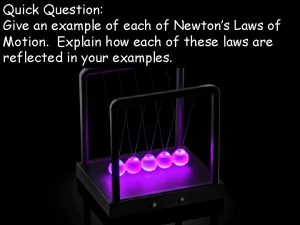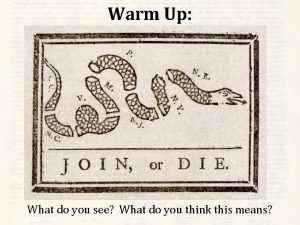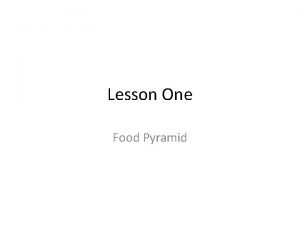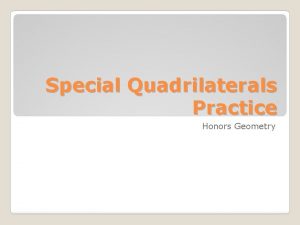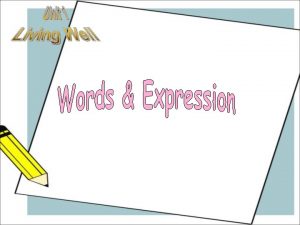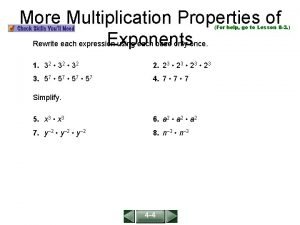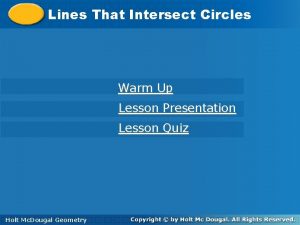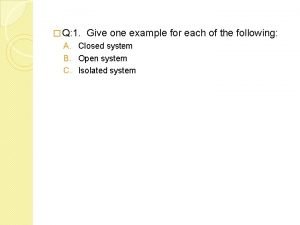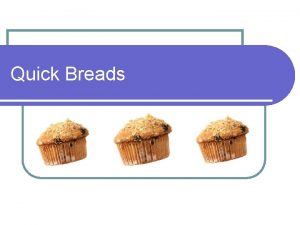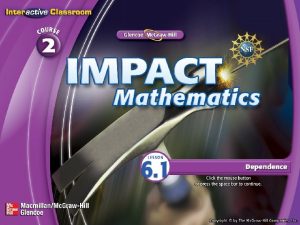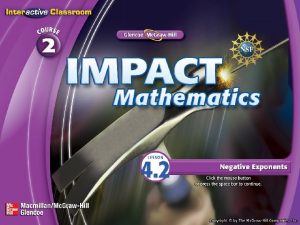Quick Question Give an example of each of





















- Slides: 21

Quick Question: Give an example of each of Newton’s Laws of Motion. Explain how each of these laws are reflected in your examples.

Today’s Objective: I understand how energy travels through waves.

Mechanical Waves: Vibrating disturbance in matter that carries energy.

Medium: A material that energy travels through

Longitudinal Wave Rarefaction: Far apart Compression: Close together Direction of energy


Surface Wave Between two different media Energy moves in circles


Transverse Wave Crest: highest point above the resting place Trough: lowest point below rest Vibrates at right angle to motion


Frequency: the number of complete cycles in a given time Depends on how fast the object is vibrating

Measured in cycles per second Unit: hertz (Hz) 1 Hz 2 Hz

Reflection: waves bounce off a surface No change in speed or frequency

Refraction: So what’s happening here? Bending from entering a new medium Due to a change in speed

Outer wheel travels farther; Time is same for both paths. …speed of outer wheel is faster

Diffraction: Bending around an object

More diffraction if: * wave longer than opening * bigger obstacle

2 Kinds of Wave Interference: 1) Constructive 2) Destructive

Constructive interference: 2 or more combine greater amplitude

Destructive interference: 2 or more combine smaller or no amplitude

 Quick find algorithm
Quick find algorithm Velocity and acceleration quick check
Velocity and acceleration quick check Costa's level of questioning
Costa's level of questioning Quick question example
Quick question example What is the main idea of give me liberty or give me death
What is the main idea of give me liberty or give me death Grains give us energy wh question
Grains give us energy wh question Three types of word parts
Three types of word parts Give the most descriptive name for each quadrilateral
Give the most descriptive name for each quadrilateral Present simple question words
Present simple question words Closed question and open question
Closed question and open question Contoh open ended question
Contoh open ended question Situation-relating question
Situation-relating question Indirect questions examples
Indirect questions examples Examples of supporting questions
Examples of supporting questions Example of compelling question
Example of compelling question Look at the picture then answer the following question
Look at the picture then answer the following question Complete each sentence with a question tag
Complete each sentence with a question tag Answer each question
Answer each question Rewrite each expression with rational exponents.
Rewrite each expression with rational exponents. Identify each line or segment that intersects each circle
Identify each line or segment that intersects each circle Examples of quick breads
Examples of quick breads Quick sort algorithm with example
Quick sort algorithm with example



